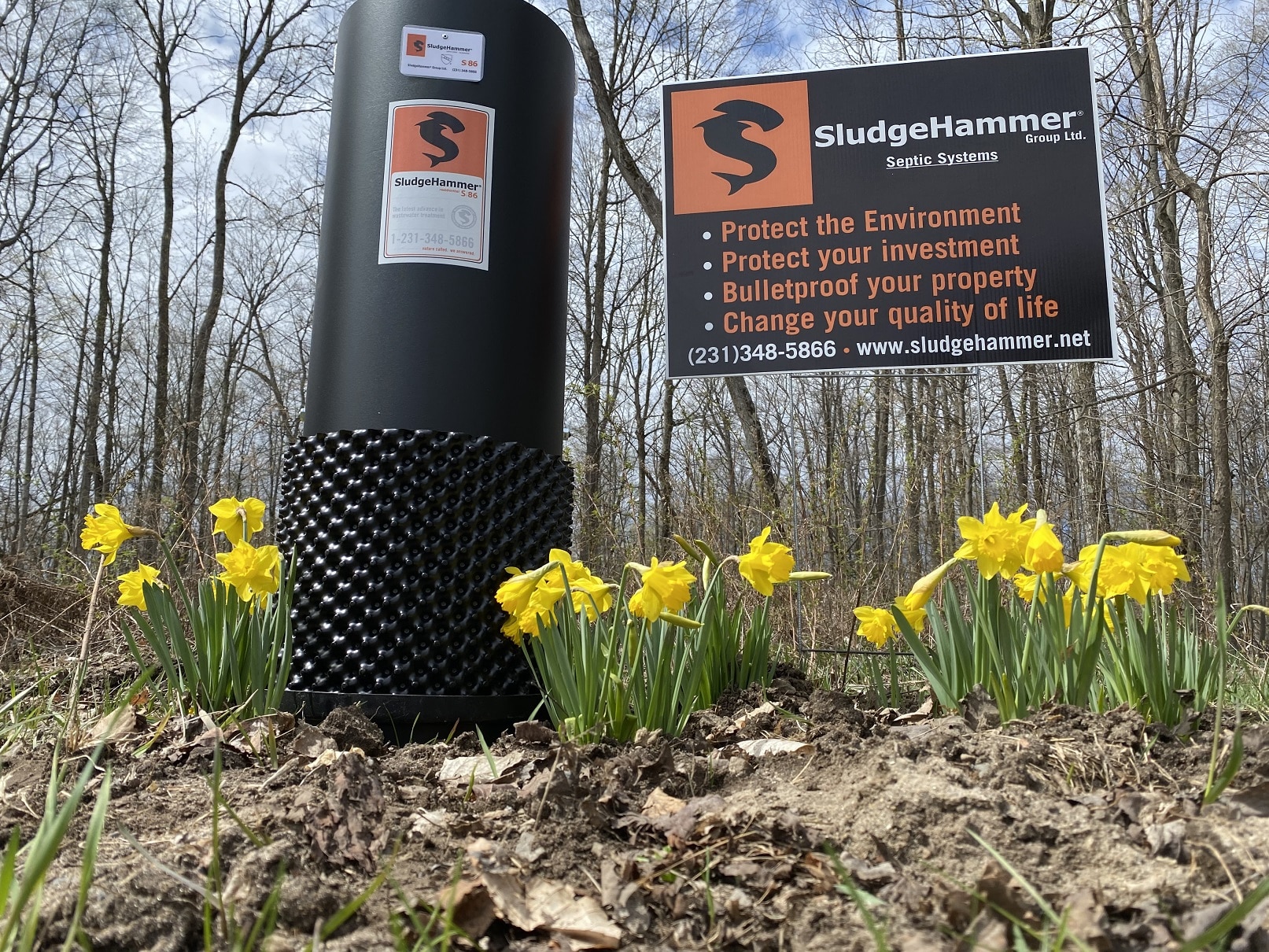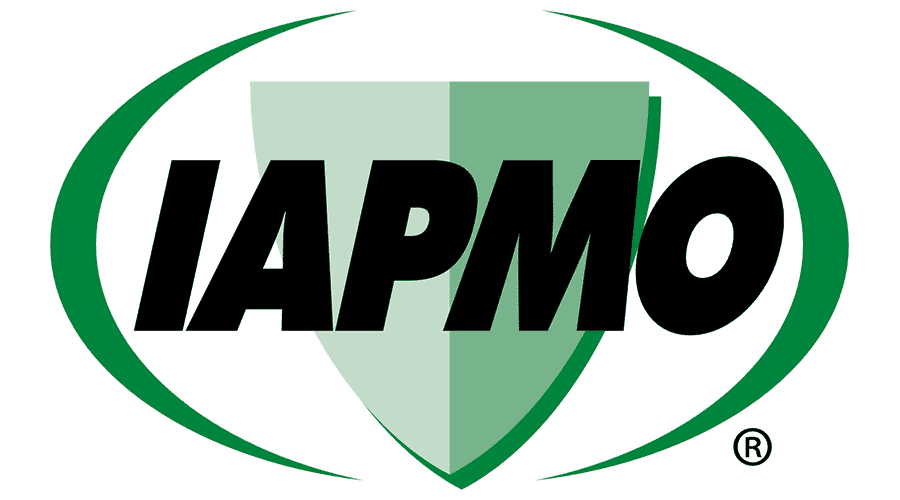The nitrogen cycle is a widely discussed topic, but why do we worry about it as a source of pollution? Nitrogen is incredibly prevalent in our world. Knowing why nitrogen pollution is a problem, as well as how to deal with nitrates and nitrogen pollution that builds up with wastewater treatment, is the only way we can move forward to making real, environmental change.
The Origin of Nitrogen Pollution
Once humans started to live in cities, they developed a waste problem. Most cities were built on rivers, bays, or lakes because it was easiest to dump waste into the water and let it wash away. Eventually, we even started using water to actively wash it away. That’s fine if you live upstream of another city, but if you are downstream you have a problem.
This practice led to the development of sewers and further innovations in wastewater treatment to make it less noxious. Untreated waste that is dumped into rivers gets exposed to natural bacteria that use ambient oxygen to digest the material, but if you have too much waste then too much of oxygen is consumed and nothing is left for the fish — effectively destroying the ecosystem of the river. It was then that humanity discovered that if we aerated the waste before we dumped it into the rivers, most of the necessary oxidation occurred ahead of time and wouldn’t use up all the oxygen necessary for the living creatures in the bodies of water.
It was then that we discovered another component in the waste, the ammonia that comes from the breakdown of proteins and urea, was toxic to fish. This problem could be resolved simply by improving the oxidation in the wastewater treatment plant.
Types of Bacteria Found in Nature
There are two types of bacteria in nature: heterotrophic and autotrophic. These bacteria feed off of different compounds and are both vital to the ecosystem.
Heterotrophic Bacteria
Heterotrophic means that these types of bacteria eat other organisms or products of organisms — simply put, they eat organic carbon. A carbon is “organic” when it is bonded with hydrogen. So a heterotroph consumes hydrocarbons and does two things with it. It uses the carbon for “biosynthesis” meaning using it to build proteins and other important structural molecules, but it also “burns” the carbon by oxidizing it to gain heat and energy. This is called respiration. The end product of respiration is carbon dioxide. So since there are no longer any hydrogens attached to the carbon it is now considered to be “inorganic”.
Autotrophic Bacteria
Autotrophic bacteria are incredibly unique in nature. In a way, these organisms don’t need any other living thing and they essentially eat minerals. There are two species in this group that most interest us: Nitrosomonas and Nitrobacter. The first, Nitrosomonas, gets its energy from ammonia. Ammonia is NH3 and the way these bacteria get energy is by using oxygen to oxidize NH3 to NO2 (nitrite). This is just like how we oxidize CH compounds to CO2, but autotrophs also need carbon to build their own protein-based bodies. They get that carbon from the CO2 we heterotrophs produce. However, these reactions do not produce as much energy as with eating organic compounds, so the autotrophs grow very slowly.
Once the Nitrosomonas have produced NO2, they have a problem. NO2 is toxic to them, so when it builds up as a waste they start to stop growing. They then get help from the second bacteria, Nitrobacter. These use NO2 as their energy source by oxidizing it to NO3 (nitrate). In fact, they literally pair up so the NO2 is almost instantaneously oxidized to NO3. You can almost never find any NO2 in most wastewater plants because once this combo gets established in an aeration basin the conversion of ammonia to nitrate is quick and complete.
The Effects of Nitrate Buildup and Pollution
Nitrate is not directly toxic to marine life like ammonia, so you do want to convert it. However, nitrate has more subtle effects that can negatively impact the environment. Drinking water that has high levels of nitrate can interfere with oxygen exchange in humans, especially in newborn babies. In fact, nitrate levels are so high in wells in the California central valley dairyland that it’s causing the cows to abort their calves. Nitrate in water bodies also causes serious algae blooms. Nitrate is a very stable compound and it migrates through the soil so, somehow, we need to eliminate it in wastewater.
Dealing with Nitrate Pollution
Wastewater engineers discovered that there was a way to eliminate nitrate in wastewater. A different group of bacteria called facultative bacteria can use the oxygen from nitrate instead of getting it from the air. Because nitrate is very stable, and because the reaction doesn’t produce much oxygen for them, facultative will only use oxygen from nitrate if no other source exists. It was then discovered that if you let the wastewater go anaerobic after the nitrate had formed these bacteria would “eat” the oxygen found in the iterate compound. In this process, the facultative bacteria converted the nitrate back into nitrogen gas which safely goes back to the atmosphere. One way to perform this process with on-site systems is to send the treated waste back to a septic tank, but that means you have to treat it twice and it can get complicated.
How SludgeHammer Deals with Nitrate Pollution
When we created the SludgeHammer, we used our SludgeHammer Blend of bacteria for reasons other than the denitrification. After a while I got curious about nitrogen in our systems and decided to check. It turned out that we could get it to very low levels inside the septic tank. At first I did not understand what was happening since our systems always have high oxygen concentrations. It did not fit the standard model.
When I looked into it I discovered that the way a facultative bacteria processes nitrate is special. It has to absorb it across the membrane to get it into the cell which uses energy. Next, it gets one oxygen ion by converting the NO3 back to NO2. But it then has to excrete the NO2 back out because it is toxic. That also costs energy. So if it only gets one oxygen ion and it costs energy the bacterium will not use nitrate if it can get O2 gas. It’s not worth the effort.
But the nitrite (NO2) that the bacteria in the SludgeHammer Blend excretes gets outside the cell, and there are enzymes in the cell wall that can strip the oxygens in a chain reaction that goes NO2 > NO > N2O > N2. During this reaction, the cell gets two oxygen ions, just like it would with O2, but it does not have to break the double bond of O2, so it is actually easier for the facultative bacteria to use NO2 for oxygen.
SludgeHammer is the first company to use facultative bacteria in aerobic treatment systems, and what we discovered was that if we had a large population of them in the same tank where Nitrosomonas oxidize the NH3 to NO2, our bacteria would convert the molecule to N2 gas immediately to get the easy oxygen. The Nitrobacter, which normally would convert the NO2 to NO3, got outcompeted because they grew more slowly than our bacteria. Nitrogen in our tanks literally goes off into thin air. We have the only system that can do this so we are anxious to get the word out.
If you’re interested in reducing nitrogen pollution and helping remove nitrogen from our wastewater, contact SludgeHammer! Our state of the art SludgeHammer Blend and aerobic treatment systems improve the quality of wastewater treatment, meaning waste that is treated in a SludgeHammer system can safely be redistributed back to the environment. Contact us with any questions you may have, or to get the process started to install your very own SludgeHammer and reduce your nitrogen pollution!






